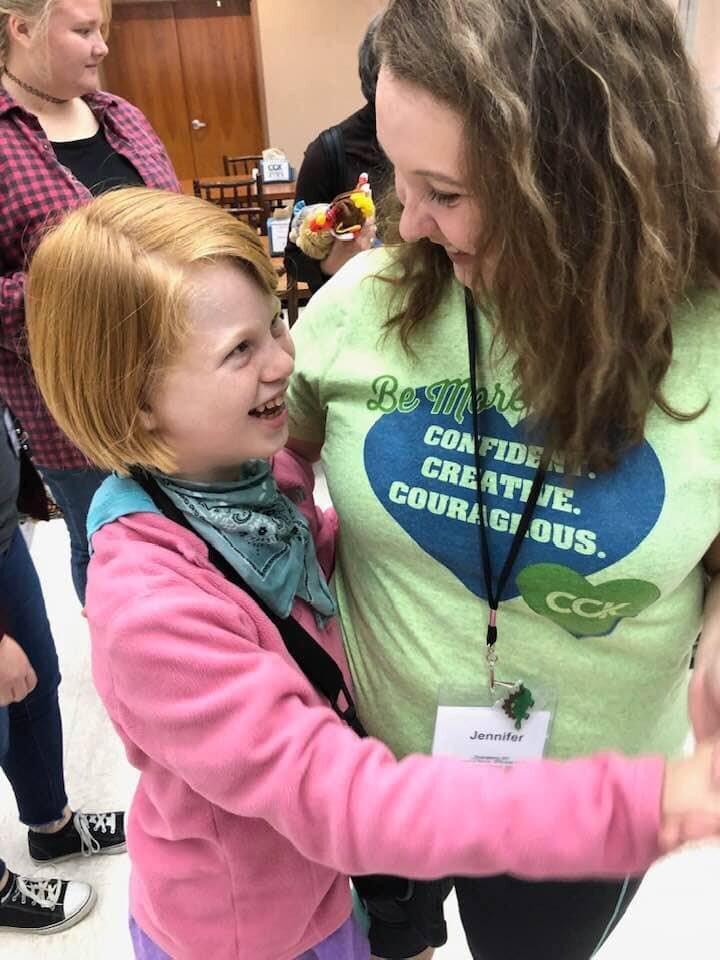
Knowledge is Power.
Providing education and hope on the pathway to a cure.
Innovation and Education
Finding a cure for rare diseases takes time and a lot of testing. Dr. Harry Angelman published an academic research paper in 1965 describing three children he believed had the same rare disease. It took more than 20 years for researchers to discover that a problem with the 15th chromosome caused the children’s symptoms and another 12 years to isolate the Angelman Syndrome gene, UBE3A.
Identifying the AS gene in 1997 completely changed the game for the Angelman community. It gave scientists a concrete place to start their research projects and a way to see if their experiments worked. Now, more than 20 years later, the medical professionals are ready to see if their treatments really help our loved ones. How? Through clinical trials.
Participating in clinical trials is the next step toward finding a cure for AS, and we encourage you to learn more about the opportunity. We designed this site as a trusted source of information about the process and hope it answers your questions.
Clinical Trials—The Basics
What is Clinical Research?
Clinical research is medical research involving people. There are two types, observational studies and clinical trials.
How to Explain Clinical Trials to a Person with Angelman Syndrome
Communication is key anytime something new is introduced into the life of an individual with AS, but you don’t have to figure out how to explain this process alone. Learn how to talk to a person with Angleman Syndrome about clinical trials.
Understanding the Regulations
The US Food and Drug Administration (FDA) is responsible for safeguarding public health by assuring that current and new medical products are safe and effective, and that the evaluation of potential new therapies is done properly.
Working Towards a Cure — Together





